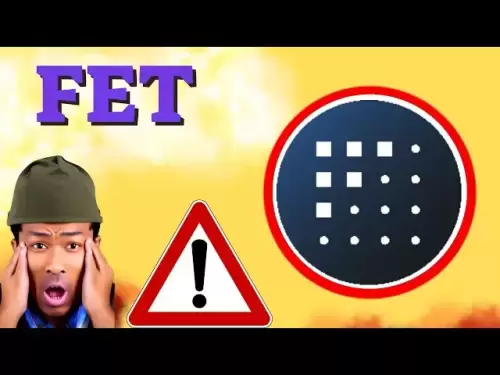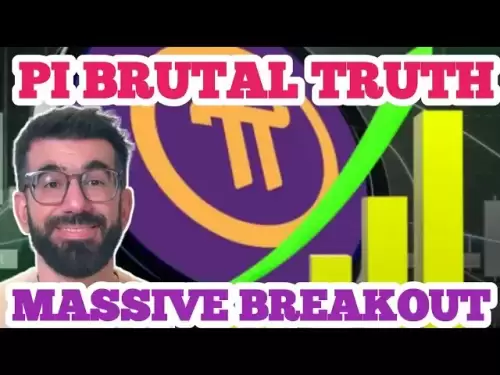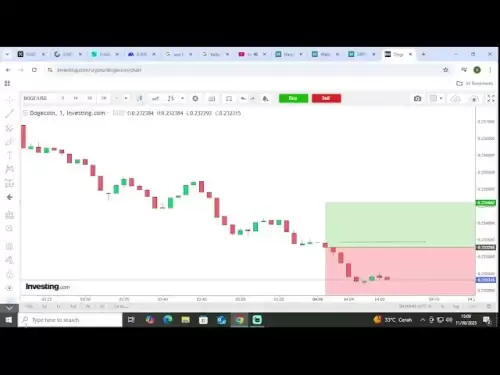-
 Bitcoin
Bitcoin $120100
1.16% -
 Ethereum
Ethereum $4329
2.25% -
 XRP
XRP $3.192
-0.22% -
 Tether USDt
Tether USDt $1.000
-0.01% -
 BNB
BNB $805.2
0.47% -
 Solana
Solana $178.7
-1.85% -
 USDC
USDC $0.9998
0.00% -
 Dogecoin
Dogecoin $0.2305
-1.62% -
 TRON
TRON $0.3445
1.17% -
 Cardano
Cardano $0.7940
-1.28% -
 Hyperliquid
Hyperliquid $44.44
-1.20% -
 Chainlink
Chainlink $21.86
-2.42% -
 Stellar
Stellar $0.4423
-0.15% -
 Sui
Sui $3.728
-3.84% -
 Bitcoin Cash
Bitcoin Cash $584.8
2.19% -
 Hedera
Hedera $0.2524
-2.87% -
 Ethena USDe
Ethena USDe $1.001
-0.02% -
 Avalanche
Avalanche $23.66
-0.78% -
 Litecoin
Litecoin $124.5
0.39% -
 Toncoin
Toncoin $3.399
1.77% -
 UNUS SED LEO
UNUS SED LEO $9.002
-0.44% -
 Shiba Inu
Shiba Inu $0.00001327
-2.10% -
 Uniswap
Uniswap $11.42
2.58% -
 Polkadot
Polkadot $3.957
-2.50% -
 Cronos
Cronos $0.1696
4.50% -
 Dai
Dai $1.000
0.00% -
 Ethena
Ethena $0.8139
3.04% -
 Bitget Token
Bitget Token $4.442
-0.38% -
 Monero
Monero $271.2
2.93% -
 Pepe
Pepe $0.00001168
-2.91%
What is the Volatility Smile?
The volatility smile's shape, influenced by factors such as underlying volatility, time to expiration, and supply and demand, provides traders with insights into market expectations of future price volatility.
Feb 21, 2025 at 09:42 pm
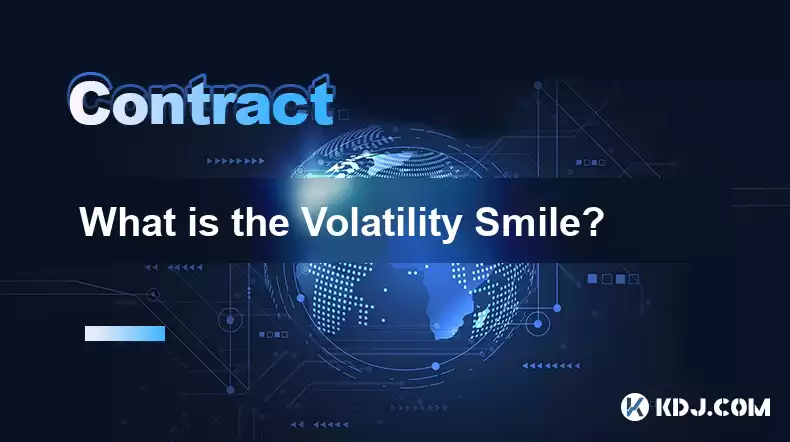
Key Points:
- Definition and characteristics of the volatility smile
- Factors influencing the shape of the volatility smile
- Trading strategies based on the volatility smile
- Risks and limitations of trading the volatility smile
What is the Volatility Smile?
The volatility smile is a graphical representation of the implied volatility of options with different strike prices and expirations. It is a key concept in options trading, as it provides insights into market expectations of future price volatility. The volatility smile typically takes the form of a U-shaped curve, with implied volatility rising as options go out-of-the-money (OTM).
Factors Influencing the Shape of the Volatility Smile
- Underlying asset volatility: The volatility of the underlying asset is the primary factor influencing the shape of the volatility smile. Higher volatility leads to a wider smile, as investors demand a higher premium for protection against potential price swings.
- Time to expiration: Implied volatility tends to increase as options approach expiration. This is because market uncertainty about future price movements is higher near expiration.
- Strike price: Implied volatility typically increases as options go OTM. This reflects the higher risk of these options expiring worthless, as they require a larger price movement to break even.
- Supply and demand: The supply and demand for options can also influence the shape of the volatility smile. When there is high demand for protection, implied volatility rises, while low demand can lead to lower implied volatility.
- Market sentiment: Market sentiment and risk appetite can also affect the volatility smile. In bullish markets, implied volatility tends to be lower, while in bearish markets, it tends to be higher.
Trading Strategies Based on the Volatility Smile
Traders can use the volatility smile to identify potential opportunities:
- Buying OTM options with high implied volatility: When implied volatility is high for OTM options, it suggests that the market is pricing in a lower probability of the asset moving within a certain range. Traders can purchase these options if they believe the probability is actually higher, potentially benefiting from a rise in asset volatility.
- Selling OTM options with low implied volatility: Conversely, when implied volatility is low for OTM options, it indicates that the market is expecting a lower probability of extreme price movements. Traders can sell these options if they agree with this assessment, collecting a premium that may outpace any potential losses.
- Spread trading: Volatility smiles can be exploited through spread trading strategies that involve selling a higher-implied volatility option and buying a lower-implied volatility option with similar strike prices and expirations. The goal is to profit from the convergence of implied volatility over time.
Risks and Limitations of Trading the Volatility Smile
- Reliance on market assumptions: Trading the volatility smile relies on assumptions about future price movements and market sentiment. These assumptions can change quickly, leading to potential losses.
- Sensitivity to underlying volatility: Volatility smile trading strategies are highly sensitive to changes in the volatility of the underlying asset. A sudden increase or decrease in volatility can significantly impact the value of options.
- Liquidity issues: OTM options with high implied volatility may have low liquidity, making it difficult to enter and exit positions quickly.
- Complexity: Trading the volatility smile requires a deep understanding of options and a thorough analysis of market conditions. It is not suitable for all investors.
FAQs:
- What is the difference between implied volatility and historical volatility? Implied volatility is the market's expectation of future price volatility, while historical volatility is a measure of past volatility based on price data.
- How does the risk-free rate affect implied volatility? A higher risk-free rate generally leads to lower implied volatility, as it reduces the time value of options.
- Can the volatility smile invert? In rare cases, the volatility smile can invert, with implied volatility being lower for OTM options than for ATM or ITM options. This can occur in extreme market conditions, such as during a financial crisis.
Disclaimer:info@kdj.com
The information provided is not trading advice. kdj.com does not assume any responsibility for any investments made based on the information provided in this article. Cryptocurrencies are highly volatile and it is highly recommended that you invest with caution after thorough research!
If you believe that the content used on this website infringes your copyright, please contact us immediately (info@kdj.com) and we will delete it promptly.
- Bitcoin, Solana, MAGACOIN FINANCE: Navigating the 2025 Crypto Landscape
- 2025-08-12 00:30:13
- Cardano, ADA Holders, and Layer Brett: A Meme Coin with Real Utility?
- 2025-08-12 00:50:12
- Bitcoin, Michael Saylor, and Savvy Investors: A New Era of Digital Assets
- 2025-08-12 00:30:13
- Crypto Presales in 2025: Spotting the Next Big Thing with Analyst Insights
- 2025-08-12 00:50:12
- Cloud Mining in 2025: Bitcoin, Litecoin, and the Quest for Passive Income
- 2025-08-12 00:55:32
- Token Security, Agentic AI, Cybersecurity Guide: Navigating the New Frontier
- 2025-08-11 23:00:12
Related knowledge
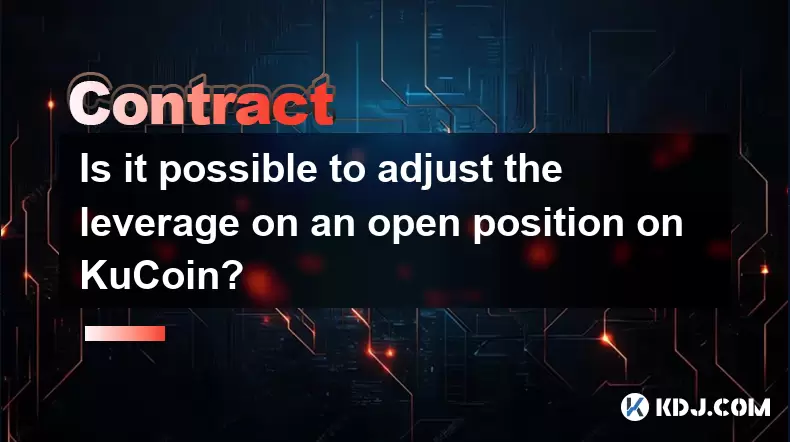
Is it possible to adjust the leverage on an open position on KuCoin?
Aug 09,2025 at 08:21pm
Understanding Leverage in KuCoin Futures TradingLeverage in KuCoin Futures allows traders to amplify their exposure to price movements by borrowing fu...
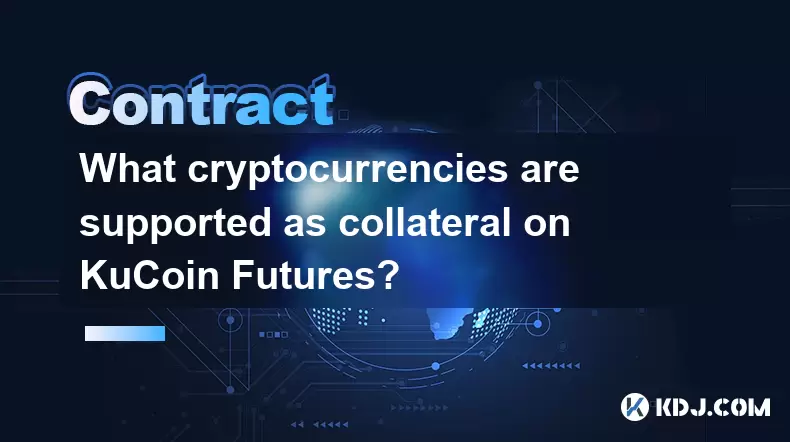
What cryptocurrencies are supported as collateral on KuCoin Futures?
Aug 11,2025 at 04:21am
Overview of KuCoin Futures and Collateral MechanismKuCoin Futures is a derivatives trading platform that allows users to trade perpetual and delivery ...
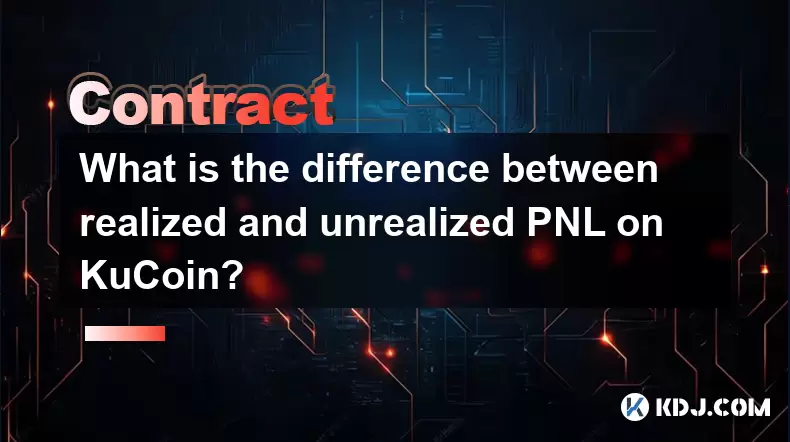
What is the difference between realized and unrealized PNL on KuCoin?
Aug 09,2025 at 01:49am
Understanding Realized and Unrealized PNL on KuCoinWhen trading on KuCoin, especially in futures and perpetual contracts, understanding the distinctio...
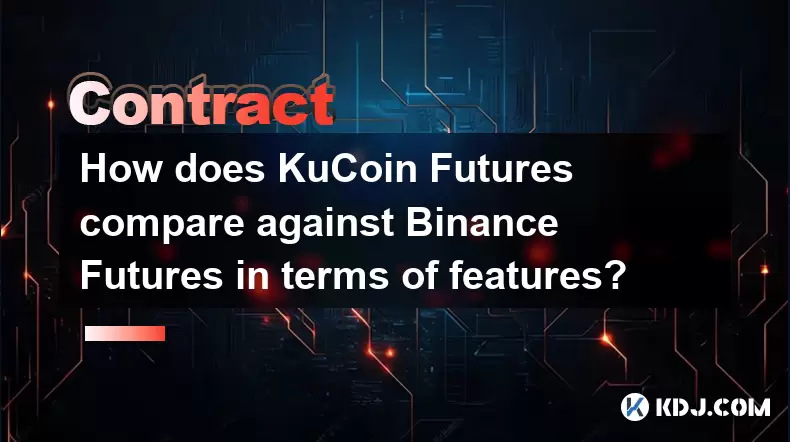
How does KuCoin Futures compare against Binance Futures in terms of features?
Aug 09,2025 at 03:22am
Trading Interface and User ExperienceThe trading interface is a critical component when comparing KuCoin Futures and Binance Futures, as it directly i...
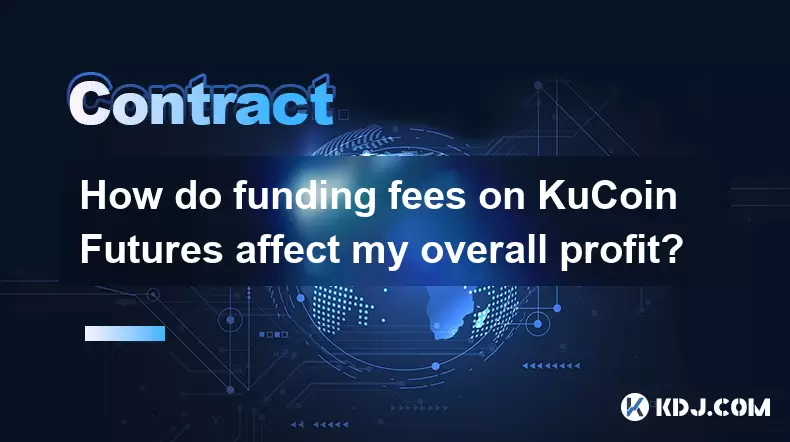
How do funding fees on KuCoin Futures affect my overall profit?
Aug 09,2025 at 08:22am
Understanding Funding Fees on KuCoin FuturesFunding fees on KuCoin Futures are periodic payments exchanged between long and short position holders to ...
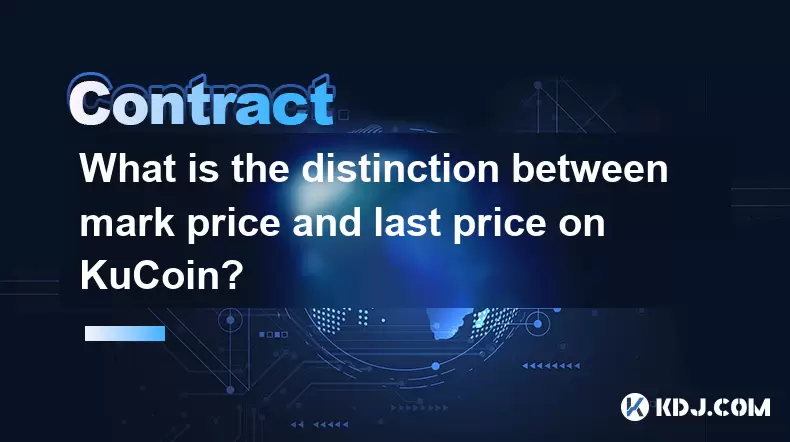
What is the distinction between mark price and last price on KuCoin?
Aug 08,2025 at 01:58pm
Understanding the Basics of Price in Cryptocurrency TradingIn cryptocurrency exchanges like KuCoin, two key price indicators frequently appear on trad...

Is it possible to adjust the leverage on an open position on KuCoin?
Aug 09,2025 at 08:21pm
Understanding Leverage in KuCoin Futures TradingLeverage in KuCoin Futures allows traders to amplify their exposure to price movements by borrowing fu...

What cryptocurrencies are supported as collateral on KuCoin Futures?
Aug 11,2025 at 04:21am
Overview of KuCoin Futures and Collateral MechanismKuCoin Futures is a derivatives trading platform that allows users to trade perpetual and delivery ...

What is the difference between realized and unrealized PNL on KuCoin?
Aug 09,2025 at 01:49am
Understanding Realized and Unrealized PNL on KuCoinWhen trading on KuCoin, especially in futures and perpetual contracts, understanding the distinctio...

How does KuCoin Futures compare against Binance Futures in terms of features?
Aug 09,2025 at 03:22am
Trading Interface and User ExperienceThe trading interface is a critical component when comparing KuCoin Futures and Binance Futures, as it directly i...

How do funding fees on KuCoin Futures affect my overall profit?
Aug 09,2025 at 08:22am
Understanding Funding Fees on KuCoin FuturesFunding fees on KuCoin Futures are periodic payments exchanged between long and short position holders to ...

What is the distinction between mark price and last price on KuCoin?
Aug 08,2025 at 01:58pm
Understanding the Basics of Price in Cryptocurrency TradingIn cryptocurrency exchanges like KuCoin, two key price indicators frequently appear on trad...
See all articles





















